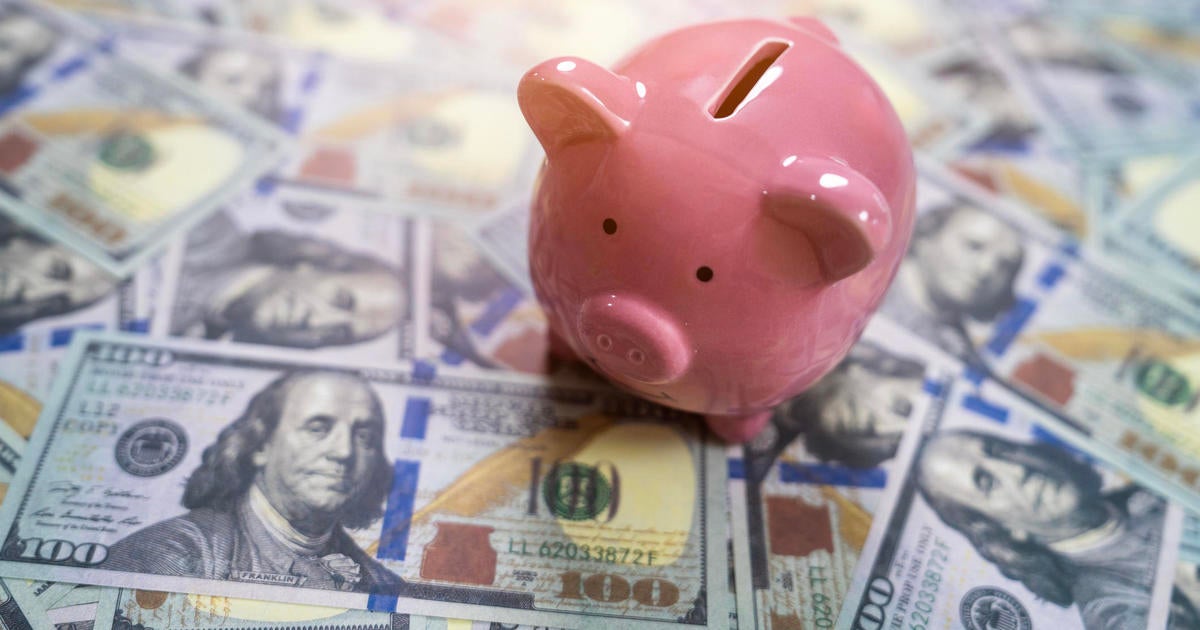We may receive commissions from some links to products on this page. Promotions are subject to availability and retailer terms.

witthaya_prasongsin/Getty Images
The interest rates on certificate of deposit accounts (CDs) were quite enticing to savers over the last few years, but inflation cooled over the last few months, and, in turn, the Federal Reserve adjusted its policy in response toward the end of 2024. As a result, CD account rates started to decline. Fortunately, though, they haven’t bottomed out — and savers can still earn a healthy amount of interest on today’s CDs if they’re smart.
“Rates are better than they were five years ago but not as good as one year ago,” says Patti Brennan, president and CEO of Key Financial. “Most maturities peaked in October of 2023 and have bounced around reactively since then. Still, as a hardcore emergency fund, generally speaking, they seem to be enjoying a very rare period of keeping pace with inflation after taxes.”
Using CDs wisely just requires finding the right account, choosing the right term and, perhaps most importantly, knowing how much to deposit.
Find out how much you could earn with the right CD account today.
How much should you invest in a long-term CD this January?
Are you eyeing a long-term CD this January? Here’s what experts say to do.
Know your needs and timeline
When determining how much you can safely stow away in a long-term CD, “the purpose of the money is the key,” Brennan says.
Do you need it for your wedding in five years, and if so, how much do you need? Will your child head off to college in three years and need a certain amount? Knowing what you’ll use your eventual CD proceeds for can help you zero in on how much to deposit.
You will also need to know how much money you can leave untouched for a lengthy period.
“Consider the money that you deposit as inaccessible,” says Krisstin Petersmarck, president and founder at New Horizon Retirement Solutions. “If you do turn in a CD before the maturity date, you will face an early withdrawal penalty. So, depending on the terms you agreed to when you chose the CD, you will forfeit some or all of the interest you’ve earned — and, the longer the CD term, usually the bigger the penalty may be.”
Compare today’s best CD account options and start earning more now.
Don’t invest too much — and have an emergency fund set aside
Be careful of depositing too much into a CD account, experts say. For one, going too big could put you outside of the Federal Deposit Insurance Corp.’s protections.
“If you invest more than the FDIC coverage and the issuing bank has financial problems, you could lose your principal,” says Harmon Kong, co-founder of Apriem Advisors. “
The FDIC currently covers $250,000 per depositor. This means if a bank goes under, your deposits are protected — and will be paid back to you — on balances of up to $250,000. If you go beyond this number, that extra cash does not have this safeguard.
Another problem with investing too much? You may deplete your emergency fund.
CDs aren’t like traditional savings accounts, which you can pull from when you need to access your funds. When depositing money into a long-term CD, you won’t have access to the cash for years — not without paying an early withdrawal penalty, anyway. For this reason, you’ll need to make sure you have a solid emergency fund set aside to weather any financial storms.
“Make sure you have other funds available for those unexpected or emergency costs,” Petersmarck says.
Take advantage of a CD ladder
Most experts recommend mixing up long- and short-term CDs in what is called a CD ladder. This involves spreading your deposit across several CDs of different term lengths, allowing you to take advantage of high CD interest rates, while also ensuring you have regular access to your cash (each time an account reaches maturity.)
“A CD ladder is a strategy of staggering your maturity dates across a time spectrum so that some CDs mature at different times,” Kong says. “The idea behind this strategy is to provide you with some liquidity early if needed. If rates decline, then some of your money is locked in at better rates than what may currently be available. If rates increase, then your earlier CD will come due, allowing you to invest at the higher rates. Laddering CD will give you the most flexibility for your CD funds.”
This strategy can also help you achieve different financial goals, Brennan says.
“Choose a six-month CD to fund a tuition payment in August, the car in 18 months, or three separate CDs with different maturities the first three years of retirement,” Brennan says.
The bottom line
Determining how much to deposit into a long-term CD is a process — one that requires you to weigh a few different factors, including your goals and timeline for access to your funds. If you’re not sure how to best go about your CD strategy — or how much to deposit in your accounts — it may benefit you to talk to a financial advisor. They can help you determine the right moves for your goals and budget.
Aly J. Yale is a contributing writer for the Managing Your Money section for CBSNews.com, covering various personal finance topics, including investing, homebuying, loans and more.










